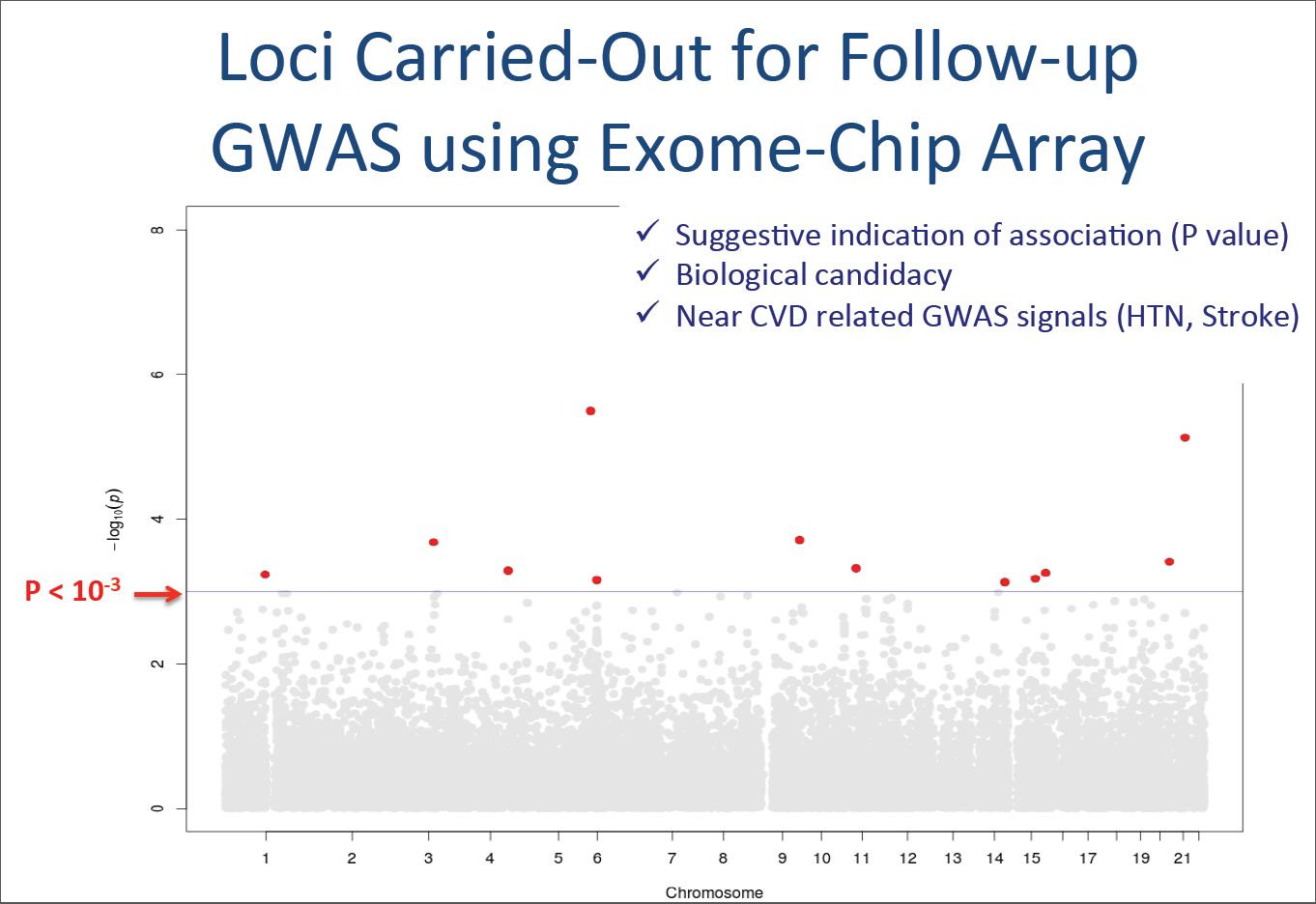Projects
Fibromuscular dysplasia (FMD), a clinical and genetic challenge
FMD is a common cause of secondary hypertension that highly predisposes to stroke and is associated with coronary dissection in patients with atypical clinical presentation. Patients carry a succession of stenoses and aneurysms at their medium-sized arteries, mostly renal and carotid arteries presenting the typical “string-of-beads” aspect in angiography examination.
- The complexity of the diagnosis based on angiography
- The absence of classic risk factors, especially dyslipidaemia and obesity
- The early onset (median age of diagnosis < 50 years)
- The high prevalence in women (80% of patients)
All intriguing and challenging features for the diagnosis and the investigation of this peculiar vascular disease.
We have recently demonstrated the absence of a major gene mutated in FMD (Kiando, et al., J Hypertension 2015) and provide evidence for a complex genetic pattern of inheritance as we describe the first susceptibility risk loci for FMD (Kiando et al., In preparation). Current efforts are dedicated to explore the functionality of this first locus and the identification of further genetic loci and their interaction with environmental causes (female sex, smoking) and complications (e.g stroke).

